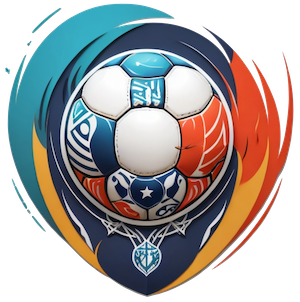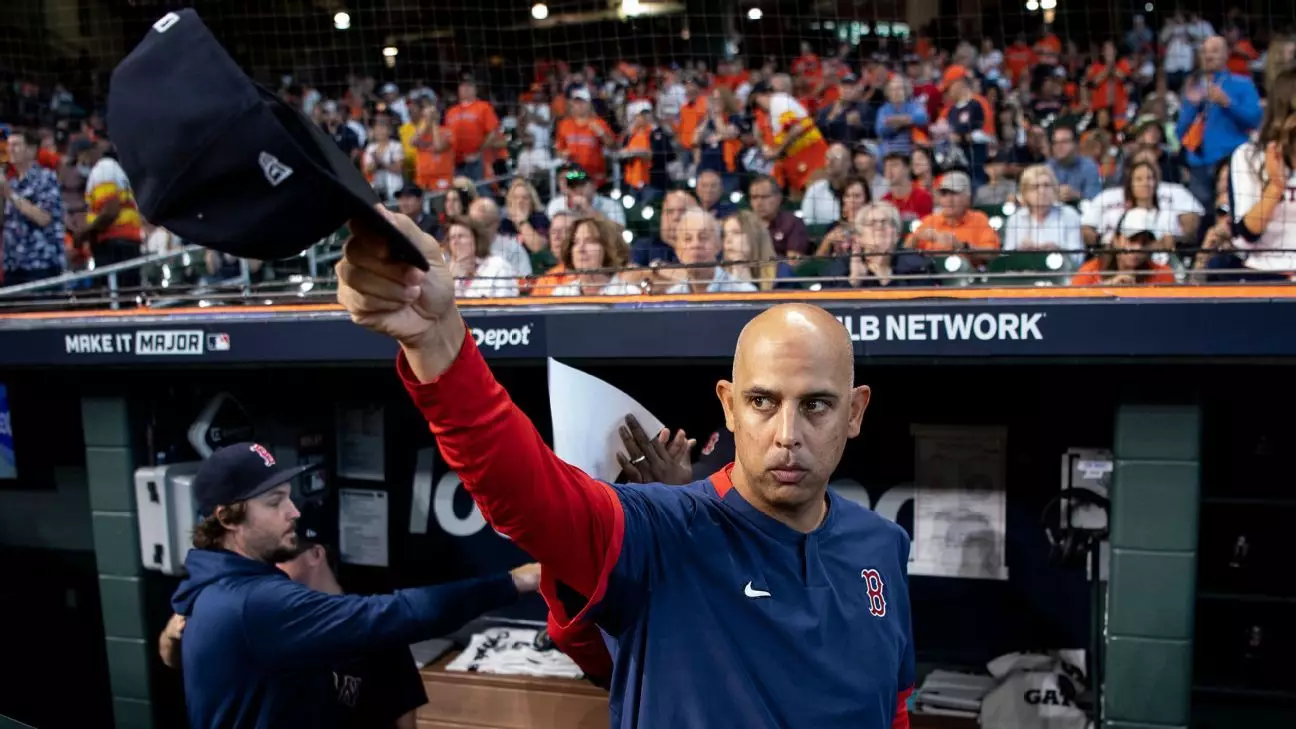Soccer and baseball occupy unique spaces in the sports world, each with their own rhythm, culture, and fanfare. Recent comments from Boston Red Sox manager Alex Cora have illuminated a fascinating parallel between the two. His observations draw attention to the sheer breadth of the soccer season—a structure laden with matches, trophies, and an incessant quest for glory—while simultaneously providing a stark contrast to the slightly more lenient Major League Baseball (MLB) calendar.
A Revelation at Anfield
Cora admitted that his appreciation for soccer solidified during a visit to Anfield, witnessing Liverpool take on Manchester City. This pivotal experience prompted him to introspect not just on the soccer spectacle, but on the toll that such a demanding schedule takes on its players. “If you finish fourth, it’s actually a great season,” he noted, highlighting the intense competitiveness that characterizes the Premier League. This framework, where even a position fighting relegation carries weight, creates a sense of immediacy and pressure that can be staggering to comprehend from a baseball fan’s perspective.
The upcoming season is set to be monumental, as FIFA has compressed a slew of high-stakes tournaments into a condensed timeline, culminating in an industry-wide alarm over fixture congestion. The likes of Rodri, Kylian Mbappé, and Erling Haaland have vocalized their fears regarding player fatigue and injury—an all-too-frequent byproduct of an overloaded schedule. Cora’s insights, particularly his interaction with Liverpool defender Virgil van Dijk, illuminate a critical juxtaposition: while soccer players face constant pressure over a multitude of competitions, MLB players navigate a marathon of 162 games but often have fewer simultaneous responsibilities.
The Grind of the Season
The merciless grind of both sports creates a shared comprehension of fatigue and stress. Cora noted that players like van Dijk are far from oblivious to the rigors of baseball. The admiration flows reciprocally; soccer players, even in their grueling campaigns, are captivated by the dedication required to complete an entire MLB season. Few can tolerate playing every game, and only four athletes managed this achievement last season—an extraordinary feat in its own right. Yet, despite the length of the schedule, Cora recognizes that his players don’t face the relentless barrage of trophy chases that their soccer counterparts do.
“What’s crazy,” Cora argued, “is what you guys do.” Soccer players juggle the demands of their clubs while simultaneously being thrust into international tournaments, adding another layer to their already complex careers. As players strive for domestic titles alongside international honors, the pressing need for recovery becomes paramount—something commonly overlooked by leagues relentlessly chasing revenue.
The Call for Reform
The burden of fixture congestion has birthed calls for reform from various facets of the soccer community. Barcelona manager Hansi Flick has been particularly vocal, urging UEFA and FIFA to prioritize player recovery. He bemoaned the inadequacies of scheduling that neglect adequate rest for players, especially following international breaks. This concern underscores a growing acknowledgment that the human element in sports often gets overshadowed by commercial interests and institutional imperatives.
The impending Club World Cup is set to exacerbate these concerns, with its potential to stretch player limits over a 63-match competition. The short span of time between finishing one season and diving into another exemplifies how the interests of governing bodies can ignore the well-being of athletes. While securing more matches may delight fans and bolster revenues, it often comes at a grave cost to the players tasked with enduring these demanding schedules.
The Global Perspective
In an increasingly interconnected world, the strains of travel and myriad competitions create a complex narrative for elite athletes. Players from top U.S. teams, such as Inter Miami’s Lionel Messi, participate in a plethora of tournaments including MLS and the Concacaf Champions Cup, adding significant travel and effort on their part. The increasing demands on soccer players challenge their abilities to maintain peak performance, inviting further scrutiny into the sustainability of current competition structures.
FIFA’s statement already hints at the philosophical divide between commercial motivations and the social responsibility of governing bodies. As leagues seek to fill their calendars with friendlies, the integrity of the game and the care for player health must be prioritized. Soccer has always had a global appeal, but the marathon of matches, travel, and competition may soon bleed the joy and excitement out of the sport, leading fans to question the value of intensity devoid of sustainability.
As sports fans, we should remain aware of the echoed sentiments across different codes. Cora’s reflection on the grueling nature of soccer’s schedule versus the MLB serves as a reminder of the complex dynamics that athletes navigate. The call for balance in scheduling, regard for player welfare, and a commitment to the integrity of the sport is paramount as we move forward in this ever-evolving landscape, where the lines between sports are increasingly blurred and the pace relentlessly quickens.

